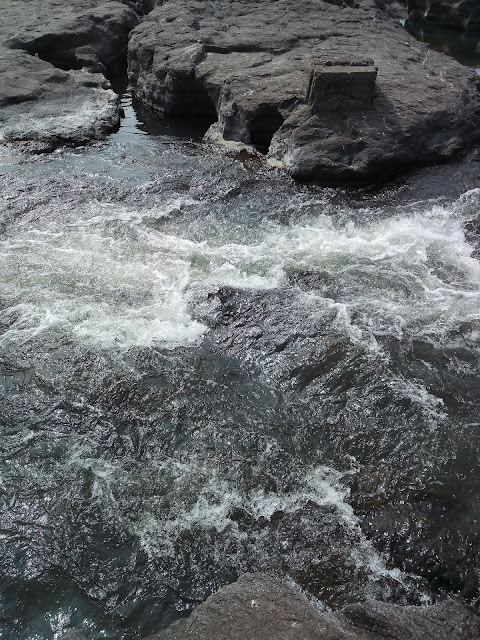How to do correction in photography?
This image illustrates what transpires towards the lines of the creating after you tilt the camera above the horizon.
It shows RGB and CMY during the purchase in their complements: Red to Cyan, Green to Magenta, Blue to Yellow. In case you incorporate crimson to a picture you are going to take out cyan, in the event, you increase magenta, you can eliminate green, etcetera. This can be the foundation for color correction with curves.
Applying normal focal length lenses you will discover not so many challenges you’ll take care of working with Lightroom Lens Correction.
Given that Lightroom has rebooted, all you need to do is open an image while in the collection and implement the brand new color profile. You'll discover it in the event Module beneath the “Presets” area.
From right here on, you'll be able to continue with all your normal picture processing workflow. Remember the fact that you could use this present routinely. You can implement it from the import phase.
I wish to reap the benefits of the Digital copies of Lightroom and continue to keep with each other an uncorrected along with a gama-corrected Model with the image just with the storage of the initial uncorrected file and a few mild Light-room metadata.
I will say this, as I consider to not tip the scales... using a shift lens is really pleasurable, mainly because it helps make the graphic far more of the approach—a thing I've often relished, personally.
Having a portable reflector with you, (and anyone to carry it) may be of proper guidance when the sunshine is poor. For portraits, In the event your subject is back-lit, reflecting some mild into their deal with will supply a softness and insert catchlight inside their eyes.
Individuals are expecting all Every copy of the card is identical. They assume the card will never change color in only a short time. That kind of issue is expensive.
I remember After I very first started putting up photographs on Flickr After I was a brand new photographer; I set up an image I took at a very previous methodist church. I took the shot from the next floor balcony, which unknowingly to me at some macro photography pictures Time was possibly the very best location to shoot when trying to get straight traces all over your impression. Sadly for me, I tilted the Digi-cam down a little, which brought on the vertical strains from the scene to lean in toward the middle of the graphic.
Once you stare at a picture for far too lengthy, often across days, you no longer see what’s there but what you realize you want to be there. So going for walks away and taking a break, allowing for somebody else some time to think about the do the job to provide you with responses, is often the most effective strategy to phase outside on your own and the restrictions of one's eyes Or maybe just your apply amount.
Facet Notice: Edit the file in photo shop for your correction and do the edits later in the light-room will not be a choice. I want to help keep the original uncorrected Variation, and I don't want to retail store 2 situations the file (uncorrected + corrected) mainly because they are enormous and it is a waste of memory.
If you do not have Photoshop, then you need to just assign a LINEAR profile on your scans, and the light-room must understand all those ICC profiles. Then once you export, choosing a sRGB profile will use the gama-curve for sRGB.
I am positive that an optical Remedy could well be far better to your electronic a single equally I'm sure that film is better than electronic which a perspective camera is better than a 35MM. But supplied the limitations of every one of these, electronic correction appears to get the job done best.




